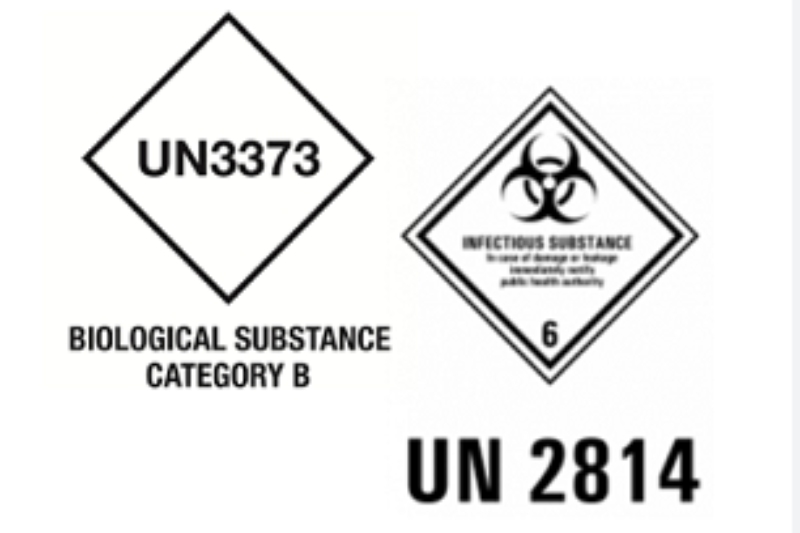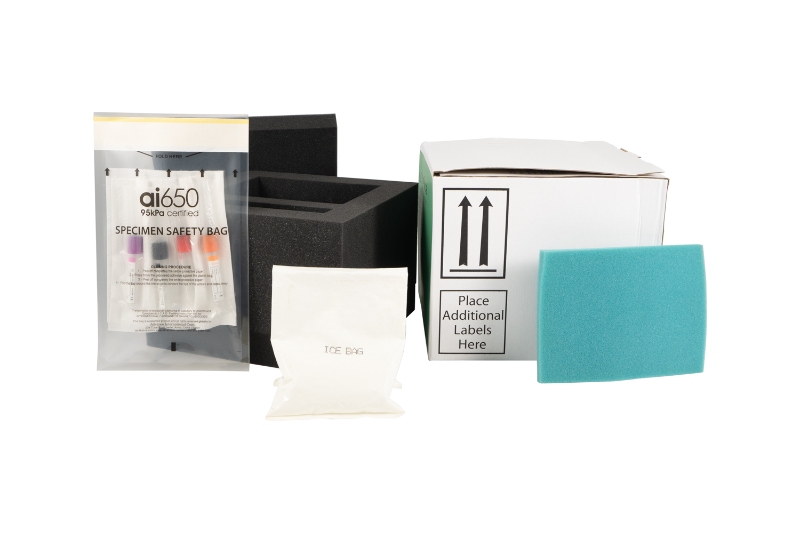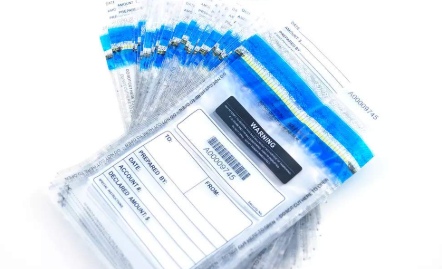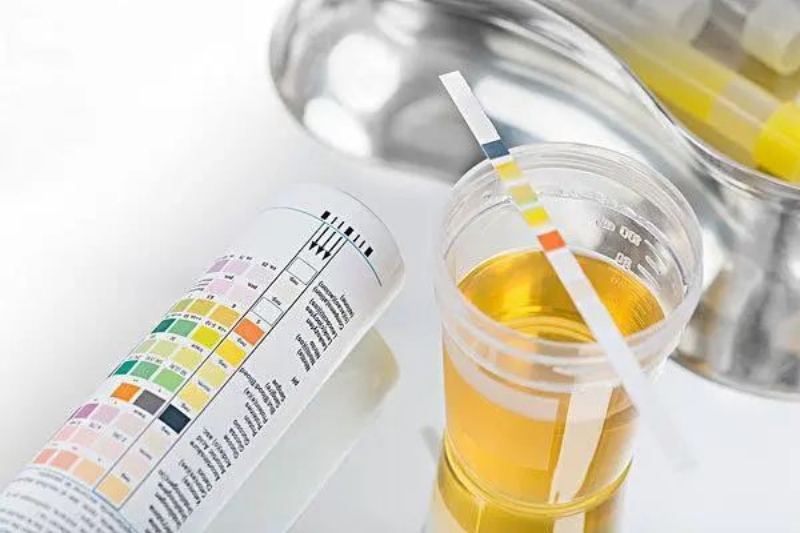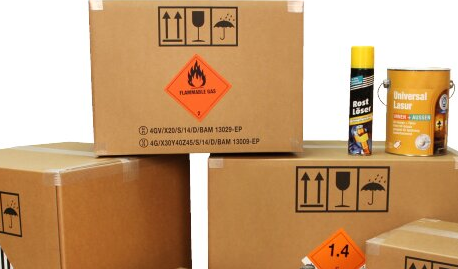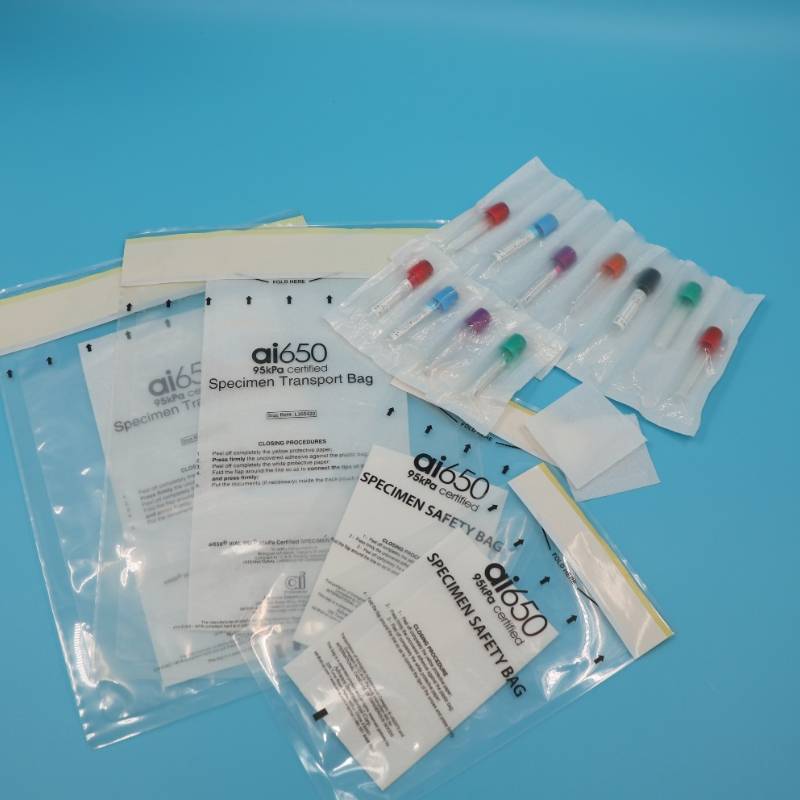 +86 178 5514 5298
+86 178 5514 5298 What Do the Different Biohazard Bag Colors Mean?
Biohazard bags are essential tools in medical, laboratory, and industrial settings for the safe disposal of hazardous materials. These bags are designed to prevent contamination and protect both people and the environment. One of the most noticeable features of biohazard bags is their color coding, which serves as a universal system to indicate the type of waste they contain. Understanding the meaning behind these colors is crucial for proper waste management and compliance with safety regulations.
In this blog, we’ll break down the different biohazard bag colors and their specific uses.
1. Red Biohazard Bags
Red biohazard bags are the most commonly recognized and widely used. They are specifically designed for the disposal of biohazardous waste, which includes:
- Blood and blood products
- Human or animal tissues
- Pathological waste
- Contaminated sharps (e.g., needles, scalpels)
- Microbiological waste (e.g., cultures, stocks)
Red bags are typically used in hospitals, clinics, and laboratories to ensure that infectious materials are safely contained and disposed of.
2. Yellow Biohazard Bags
Yellow biohazard bags are used for the disposal of chemical or pharmaceutical waste. This includes:
- Expired or unused medications
- Chemical solvents
- Contaminated materials from chemotherapy or other drug treatments
Yellow bags are often used in pharmacies, research labs, and healthcare facilities to separate chemical waste from other types of hazardous materials.
3. Blue Biohazard Bags
Blue biohazard bags are designated for the disposal of non-hazardous or non-infectious waste. This includes:
- Empty IV bags
- Uncontaminated packaging
- General medical waste that does not pose a biohazard risk
Blue bags help reduce the volume of waste that needs to be treated as hazardous, saving time and resources.
4. Black Biohazard Bags
Black biohazard bags are typically used for general non-hazardous waste that does not fall into any of the other categories. This includes:
- Office waste
- Food packaging
- Non-contaminated materials
Black bags are often used in non-clinical areas of healthcare facilities or in settings where hazardous waste is not generated.
5. Clear or Translucent Biohazard Bags
Clear or translucent biohazard bags are used for non-regulated waste or for waste that needs to be visually inspected before disposal. These bags are often used in:
- Dental offices
- Veterinary clinics
- Research facilities
The transparency allows for easy identification of the contents, ensuring that no hazardous materials are accidentally mixed with general waste.
Why Color Coding Matters
Color-coded biohazard bags play a critical role in waste management by:
- Preventing Cross-Contamination: Separating different types of waste reduces the risk of contamination.
- Ensuring Compliance: Following color-coding standards helps facilities comply with local and international regulations.
- Improving Safety: Proper waste disposal protects healthcare workers, waste handlers, and the environment.
- Streamlining Disposal Processes: Color coding makes it easier to sort and dispose of waste efficiently.



